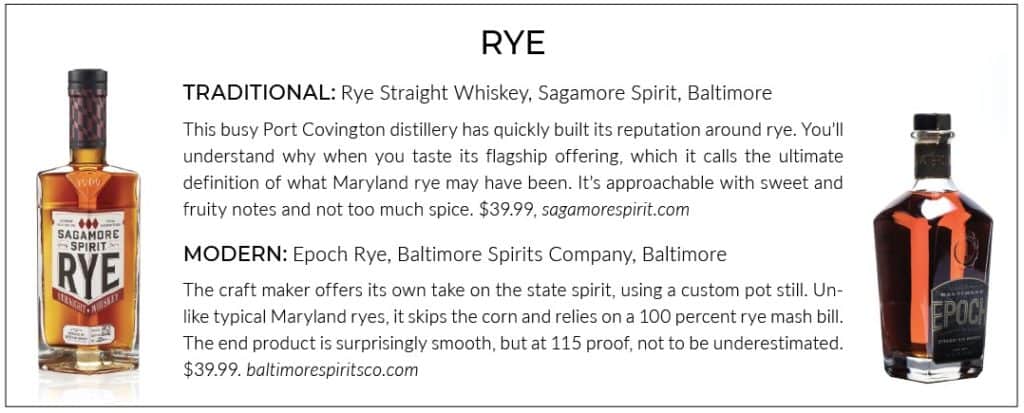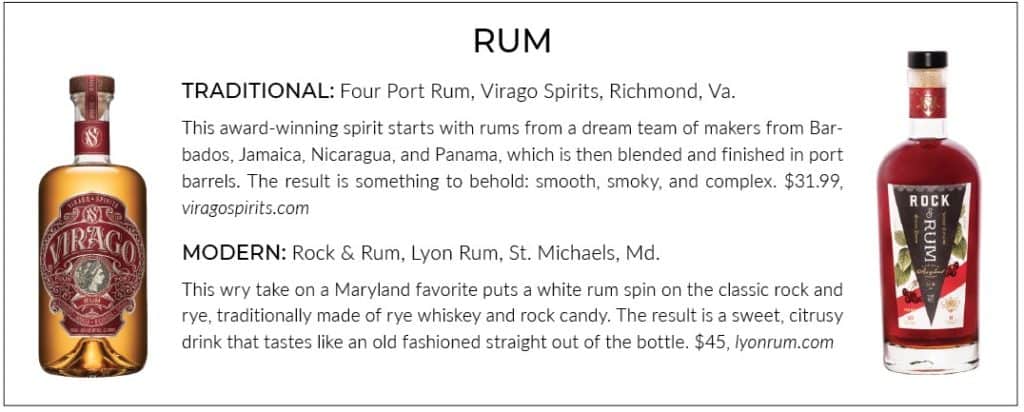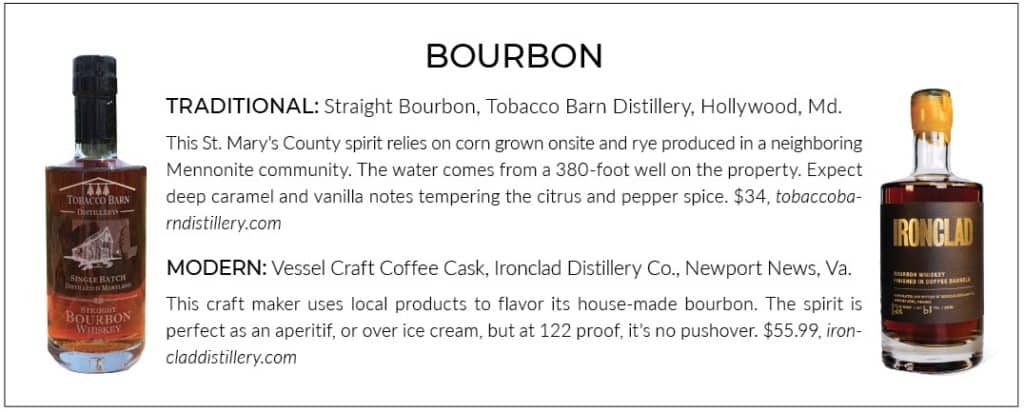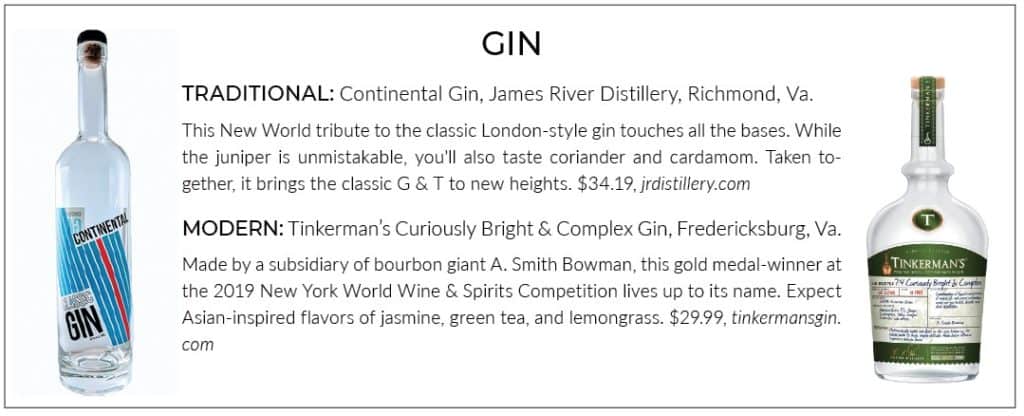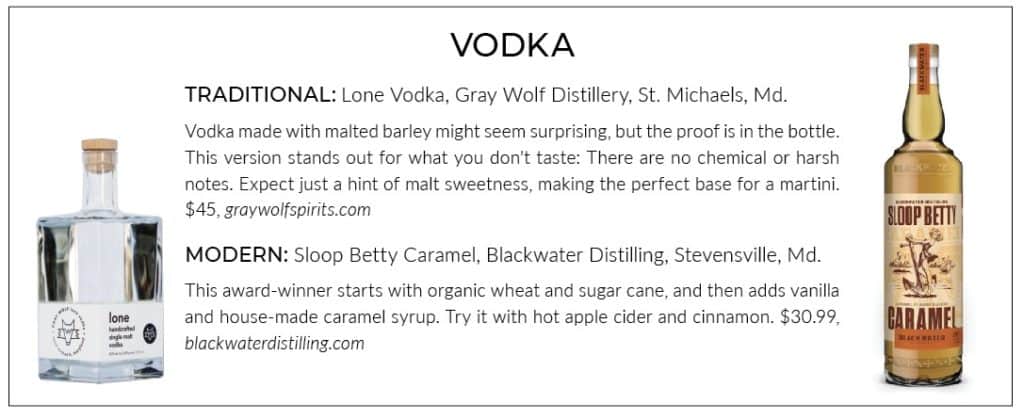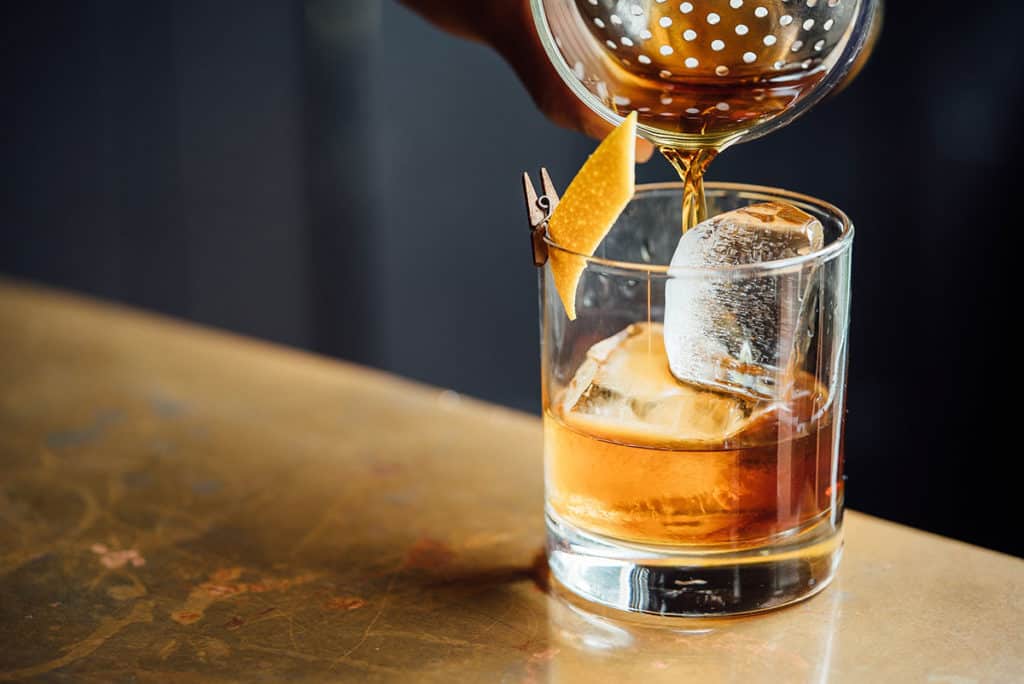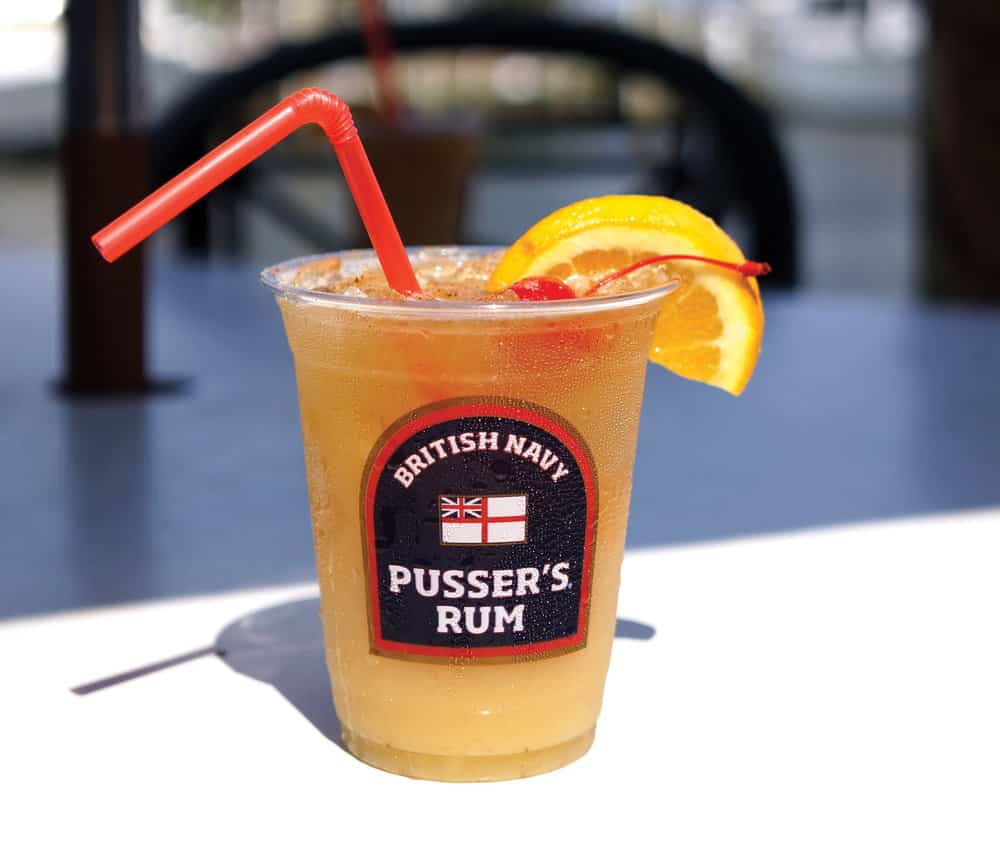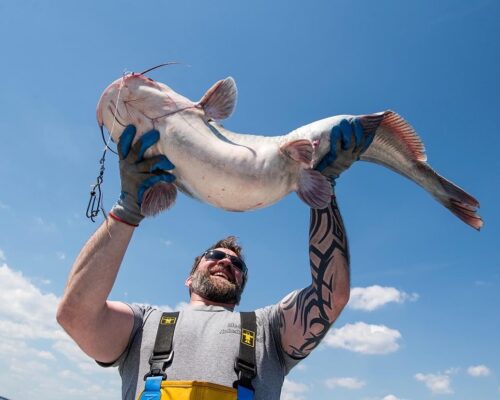From corn whiskey to hot-honey bourbon, mid-Atlantic distillers offer a high-proof spin on history
Late in 1620, just a few months after arriving in the wilderness of North America, the Rev. George Thorpe, a missionary, land speculator, and member of the British Parliament, tried an experiment.
Using corn acquired from the Powhatan Indians, he set up a copper still along the James River not far from present-day Williamsburg. He found the moonshine he created quite pleasing, preferable even to English beer.
Although Thorpe would die two years later in an Indian attack, his whiskey—predecessor to bourbon, rye and much more—soon found its way around the Chesapeake Bay and its tributaries.
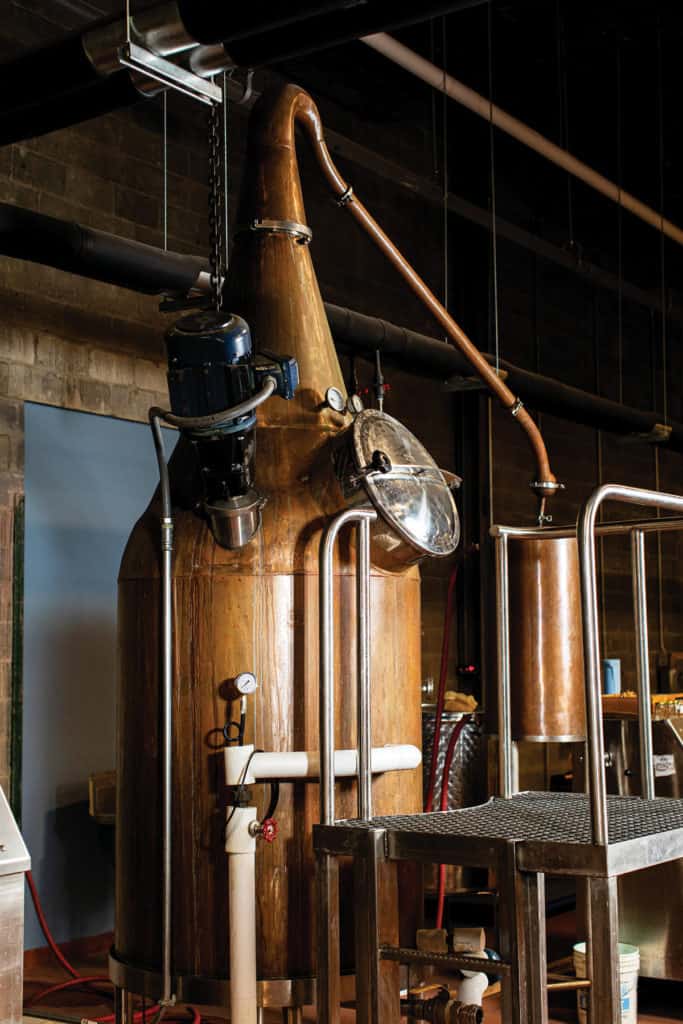
Indeed, not only is the mid-Atlantic the cradle of American democracy, but it also has a deep, boozy history. Today, a Chesapeake traveler—or drinker—will find plenty to quench their thirst, from classic versions of gin and rum to funky new spirits flavored with oysters or bacon.
At Eight Shires Coloniale Distillery near the James River in Williamsburg, Va., Bill Dodson recreates pre-Revolutionary War alcohol using a process he calls “applied archaeology.” Working with replica historic stills, he follows original recipes to craft rums, whiskeys, and gins.
His plank-floored tasting room, outfitted with board games from the 1700s, offers the perfect place to try Warrosquyoake bourbon, named for an early Virginia settlement (today’s Isle of Wight). Dodson, a trained historian, first made the spirit with commercial corn, but realized that the grain was a genetically modified hybrid and nothing like what the early English settlers would have used.
When he substituted heirloom maize from New Kent, Va., it yielded an entirely different taste. “The old grains gave us a completely different flavor of maple and honey.” The bourbon ages three years, because research suggests that was the longest early settlers would have waited, he says.
Up the Chesapeake in Maryland, the preferred hooch relied on rye, which tobacco farmers were using as a cover crop. European settlers harvested and distilled the grain to make their own unique spirit.
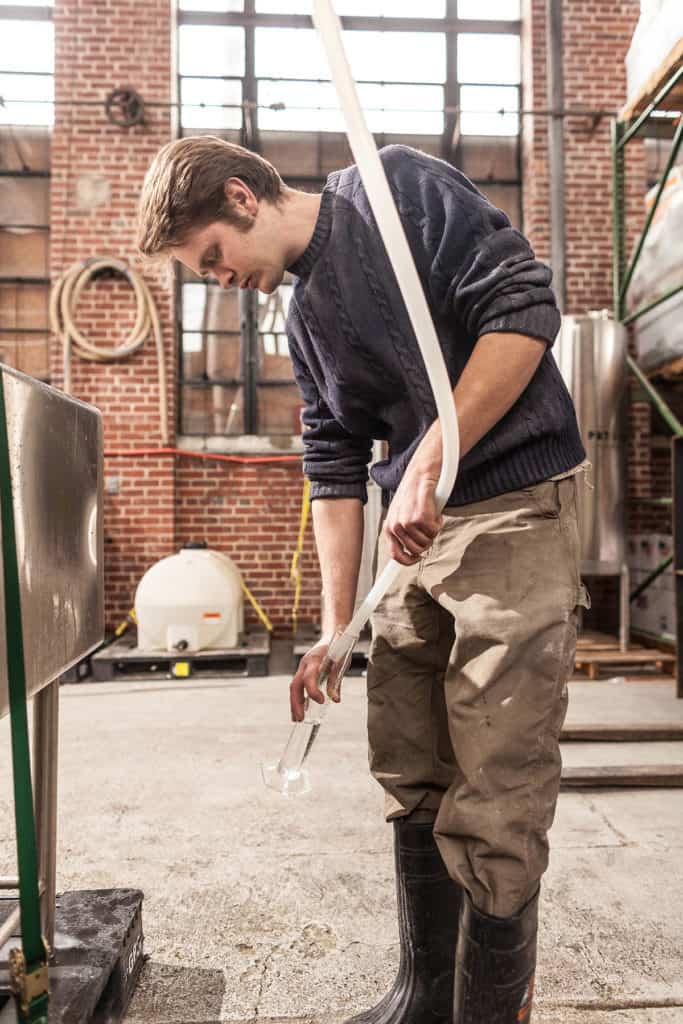
Photo Credit: Tyler Darden
Some of the state’s early rye-makers left to create whiskey dynasties on the American frontier of Kentucky. They included people like Jacob Beam, whose descendants founded Jim Beam whiskey, and Basil Hayden, the “Old Grand-Dad” who inspired the venerable whiskey brand.
But other distillers stayed, perfecting a sweet, spicy spirit that eventually became known as Maryland-style rye, which is how the state became the third largest whiskey producer in the country before Prohibition.
“People don’t realize we have this distilling history that goes back before Kentucky was even a state,” says Brian Treacy, president of Sagamore Spirits in Baltimore, which began in 2013 with the goal of reclaiming some of that glory.
“We’re very intrigued by the fact that we had this incredible industry in Maryland, and we lost it. It gives us the right to get in the game. We don’t have to make up a story,” he says.
But not every spirit-maker looks to the past. James River Distillery in Richmond has developed a cult following for putting a local spin on things.
How else to explain Oystervit, its version of aquavit, a clear Scandinavian spirit usually flavored with carraway and dill. James River starts with an organic Virginia corn vodka base and flavors it with oyster shells from the popular Rappahannock River Oyster Company. The spirit steeps in the shells from 48 to 72 hours, offering just a hint of minerality and salinity, says Dwight Chew, head distiller.
It makes for an incredible Bloody Mary, he says. He also suggests trying a dirty martini with vermouth and olive juice. “It really does work together.”
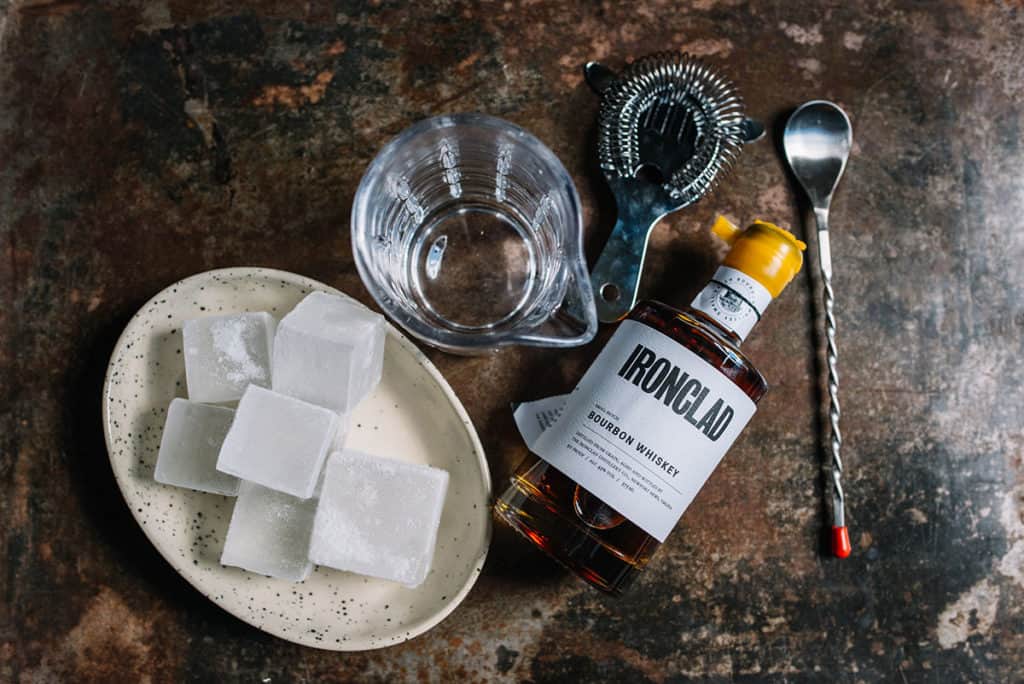
None of this is traditional, of course, and Chew’s OK with that. “People are really flexible and interested in trying new things, and they don’t necessarily want to restrict themselves to what their parents and grandparents were drinking.”
Over at Baltimore Spirits Company, distillers buck tradition by using a technique associated with tequila to produce a unique apple brandy called Fumus Pumila. The mezcal-style process starts by fermenting apple juice with smoked apple peels in the same way a tequila-maker would prepare agave. Then it’s double distilled in a copper pot. “You get an apple brandy backbone, but then you get this mezcal-like heavy, smoky character on top of it,” says Max Lentz, one of the company’s co-founders.
He says it seems natural to combine two North American distilling traditions, and customers as far away as Washington state agree. “It’s a core product for us,” says Lentz.
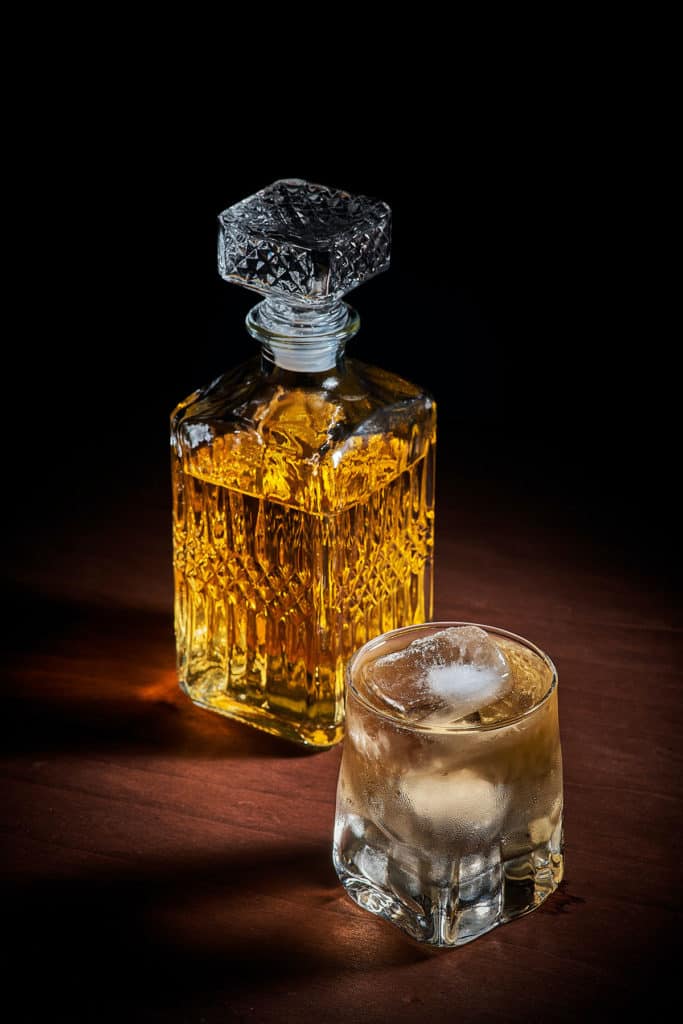
Likewise, Kara King says her family was influenced by her grandmother’s love of bourbon when they started Ironclad Distillery in Newport News, Va. “We want to just make bourbon and do it well. We wanted to put our own spin on it and put out some new flavors.”
Their success speaks for itself. They distill and age onsite and then cask-finish the spirit in barrels infused with different flavors. But these aren’t bottled additives poured into barrels. The Vessel Craft Coffee Cask uses beans from a Norfolk coffee roaster, and the AR Hot Southern Honey Cask uses a product from popular Richmond honeymaker Ames Russell.
In nearby Smithfield, Va., Blue Sky Distillery drew inspiration from the local pork industry to create a smoked bacon maple whiskey. It has been so popular that the distillery recently released a spirit flavored with another regional product, peanut butter. “We try to be a little bit unique in almost everything we do,” says distiller Mark Rangos.
But perhaps Jaime Windon does the best job of bridging history and new traditions at Lyon Rum in St. Michaels, Md., which was recently named the country’s best craft rum distillery by USAToday.com readers.
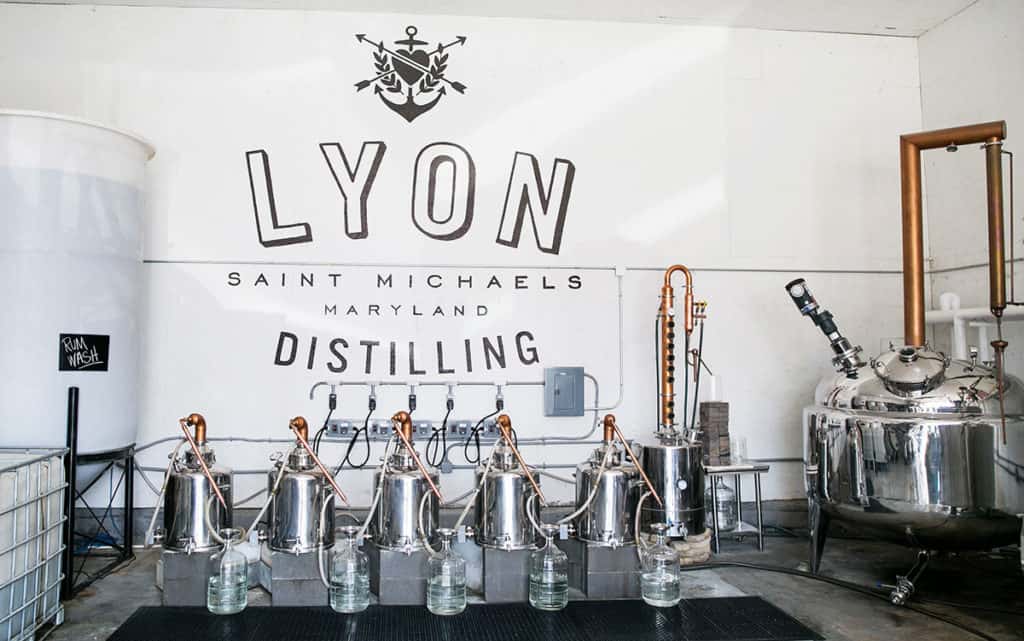
The sugar cane-based alcohol was America’s founding spirit, she says, noting that George Washington served a barrel of Barbados rum at his inauguration.
Windon, president of the Maryland Distillers Guild, says she wanted to offer her own take on the spirit. “We keep trying to innovate. We’re trying to define the undefinable: What is American rum?”
She imports raw sugar-cane crystals and molasses from Louisiana and distills onsite. Starting with quality products makes the difference, she says. “The sugar cane provides the bright, grassy sense of terroir, and then the molasses provides a baking spice-kind of richness.” But that’s just the base. Other offerings include white and dark rums, and surprising flavors like coffee and citrusy curacao, which are among its bestsellers.
The choices would have certainly confounded colonial distiller George Thorpe. But one can imagine America’s original boozehound would be eager to give them a try.
